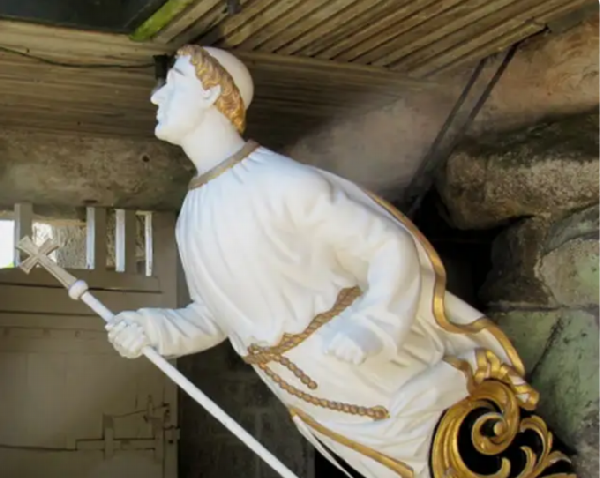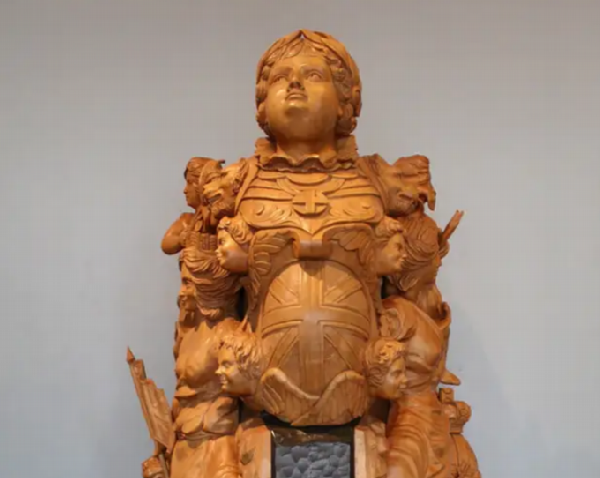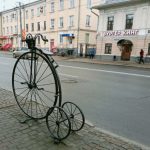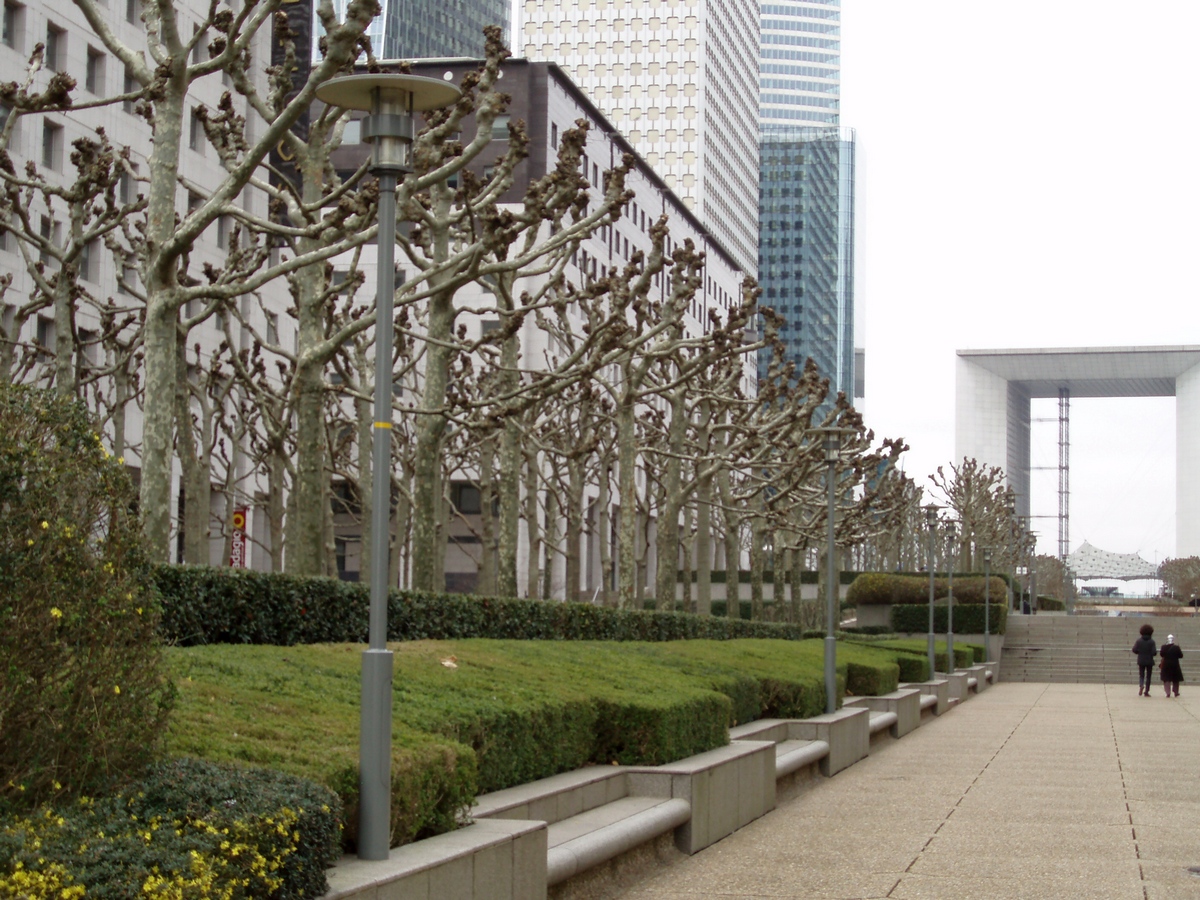Figurehead of old ships

The tradition of decorating the bow of a ship with a sculptural Figurehead or relief has existed since ancient times.
Spread under the bowsprit and directed forward, she was the symbol of the ship, the pride of ship owners and captains. When the ship served its time, the bow figure was removed, and she adorned the walls of buildings, columns, the house of the owner or captain. Subsequently, the nasal figures ended up in maritime museums.
Now she is called a “galleon figure” by the name of ships, but in naval terminology she is called
“latrine” figure, since it is installed on the latrine (overhang in the bow of a sailing vessel). On the same overhang, latrines for the crew were installed, therefore, toilets on ships are currently called latrine.

History of Figurehead
Sailing in primitive boats, powerless before the elements of the expanses of water, the navigators tried in every possible way to appease the gods and spirits, who, as they imagined, could tame the forces of wind and waves, protect from misfortunes, and contribute to the success of sailing.
The spirits guarded the ship from misfortune, shoals, storms, and dangerous winds. If the ship sank, they accompanied the souls of the sailors to the land of the dead.

The ancient Egyptians often preferred sacred birds, whose image was supposed to protect the ship and its crew at sea from possible troubles.
The Phoenicians usually installed a carved wooden horse head on the nose, which symbolized the speed of their ships, and the Greeks and Romans – an angry boar or dragon in order to intimidate a potential enemy. The head of the dragon was a must-have item for fast-moving Drakars among the Vikings.

Ancient Greece
Figures of gods, mythological characters are often present in the decoration of ships. Mostly these were the ancient Roman gods, patrons of navigation and trade, Neptune and Mercury.

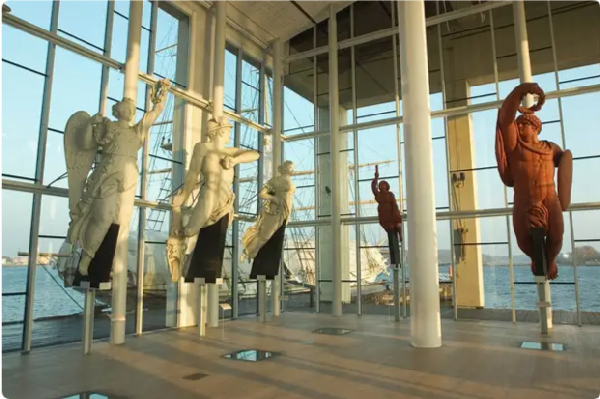
Vikings
Leaving the sea, sailors always made sacrifices, and to show that their patrons are never forgotten, they began to install cult objects and images of gods as decoration on ships.
Most often, at first, these were images of mythical animals. The inhabitants of Norway, for example, carved out of wood figures in the form of a dragon’s head, located on the bow of the ship, for their drakars. The Slavs decorated their boats with the heads of rams or goats, while other peoples preferred to make decorations on the bow of the ship in the form of birds, for example, peacocks.






Figureheads
Many bow figures personified the name of the ship in direct, allegorical or symbolic form, in order to show the name of the ship to people who, for the most part, could not read.
In this case, a wide variety of figures were used: from ancient Roman emperors and heroes to exotic (for those times) peoples – Indians, Moors, etc.
There were figures of monks, saints, women and virgins of various types.
From the middle of the 16th century, Spanish-Portuguese shipbuilders began to install on galleons – large three-masted sailing ships adapted to transport valuable goods – sculptures that are very perfect in an artistic sense.
From the second half of the 16th century and especially in the 17th century, rich sculptural decoration has become a common attribute of all sailing ships.



Animals
In the 16th and 19th centuries, the lion was the most common “character” depicted on the prow of warships. The Dutch were especially fond of decorating ships with carved lions. From them, this fashion passed to Russia – under Peter I, the lion was necessarily present in the decorative design of sailing ships of the newly created fleet.
heraldic or personal sculptures were used: anthropomorphic – in the form of a human figure, zoomorphic – in the form of birds and animals, or object – in the form of coats of arms, vignettes, garlands, etc.
Heraldic lions and eagles symbolized power, strength and nobility – these were all-European symbols that most often adorned the noses of warships.







Maritime mus – figure head
Such vessels sometimes were not inferior to the luxurious palaces of their rulers, in terms of the splendor of decoration and sometimes even surpassed them.
In the case of naval ships, the goal was to demonstrate the wealth and power of the owner.
In the heyday of the Baroque, some ships had gigantic figures weighing several tons.
Initially, the design models of the nasal figures were made by a sculptor from wood and wax on a small scale, and only after receiving the approval of the commission and the king, they were carved from wood in full size.
Figurehead of ships photos


